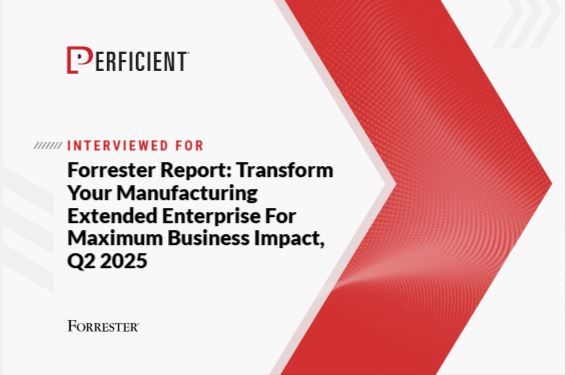The Community Reinvestment Act (CRA) is a federal law in the US that promotes the interest of financial service firms to serve their communities’ credit needs, including low- and moderate-income neighborhoods. Federal banking agencies use the bank’s contribution metrics as a parameter when they apply for mergers, acquisitions, and new branch openings.
CRA remains essential today because many businesses are struggling to operate post-pandemic and have shut down. New businesses like digital startups are also gaining more attention than traditional brick-and-mortar businesses. The community needs more credit support, and banks also need to reevaluate their Community Reinvestment portfolio due to the changed players in the community. Data integration is significant in gaining insights into this updated clientele in the post-pandemic era.
What about the data?
With advanced data integration processes from multiple sources, including internal systems and external data providers, financial institutions can gain a more comprehensive understanding of the credit needs of their communities and can develop more effective strategies for meeting those needs. For example, financial institutions can integrate data from the Census Bureau, local government agencies, and community organizations better to understand their communities’ demographic and economic characteristics. Data integration from updated business directories with business names will also help to integrate only those existing businesses. Data Integration must point to the updated source files aligned with the community interest and credit requirements in the post-pandemic era. This information can identify areas of need and develop targeted lending programs that address those needs.
Additionally, financial institutions can integrate data from their internal systems, such as loan origination and servicing systems, to better understand their lending activities. The data helps to identify areas where the institution needs to catch up in meeting its community’s credit needs and develop strategies for improving its performance. One example of data integration in practice is using CRA data by the Federal Financial Institutions Examination Council (FFIEC) to conduct analyses described in its annual analysis of nationwide summary statistics for CRA data. The FFIEC combines CRA small business and small farm data, Home Mortgage Disclosure Act data, and manually extracted data from CRA performance evaluations to provide a comprehensive view of lending activity in low- and moderate-income neighborhoods. A good data integration plan should be able to aggregate such Big Data and can work well with the other software used by the company for monitoring the jobs and reporting.
In the new normal, financial companies need an intelligent data integration strategy for processing up-to-date info about local businesses and combining it with other risk data from the market and agencies. This will help them make sound lending decisions and follow the CRA to support economic growth and renewal in their communities.
Interested in discussing how you can improve your financial institution’s data integration? Contact our financial services industry experts today.





Leave A Comment